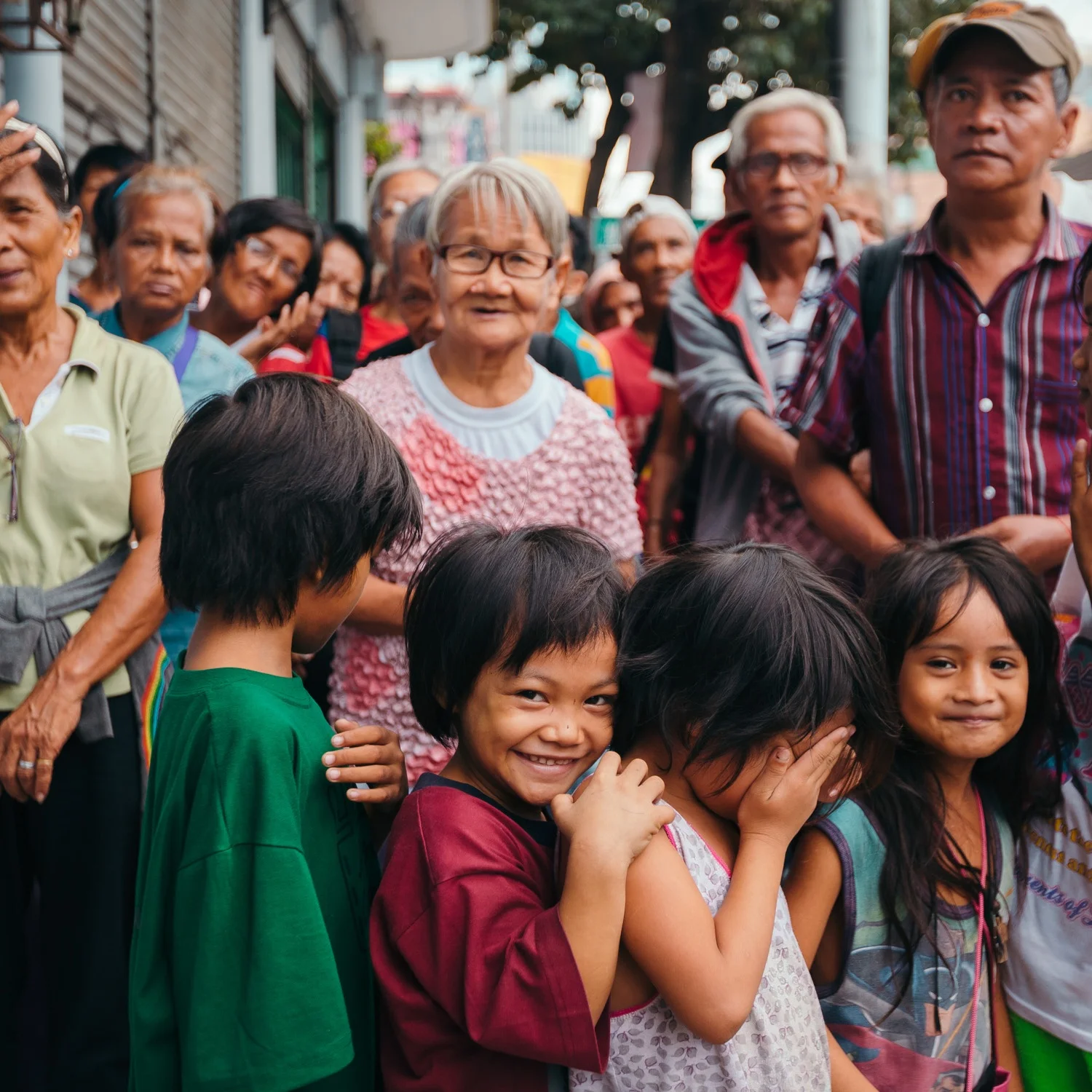photo image picture stills frames portraits with stories
photo image picture stills frames portraits with stories
Hello viewer, welcome to my viewfinder.
-
Kamusta Kayo?
-
Life and Loss in Taal Volcano's Danger Zone
-
NLEX
-
Loading
-
Buwan Buwan nalang
-
Eagle Cement: Foundation
-
DENR: National Greening Program
-
MDC: Elevation
-
Traslacion
-
Greenpeace
-
Camiguin's Guerrera
-
Tao Farm
-
Shelter of Mercy
-
Art of letting go
-
Goyo, Behind the scenes
-
In transit
-
Business of Christmas
-
Casiguran's Long and Painful March to Progress
-
Food, Editorial
-
MDC: Annual Report 2016
-
Meet the sweet old lady with a macabre craft
-
Density
-
Holcim Cement
-
Reviving Sagada’s prized meat rests on one man’s shoulders
-
Spaces
-
Privatus
-
Shell
-
Maynilad water
-
Vivant
-
Best Desserts
-
Globe, Corporate portraits



























